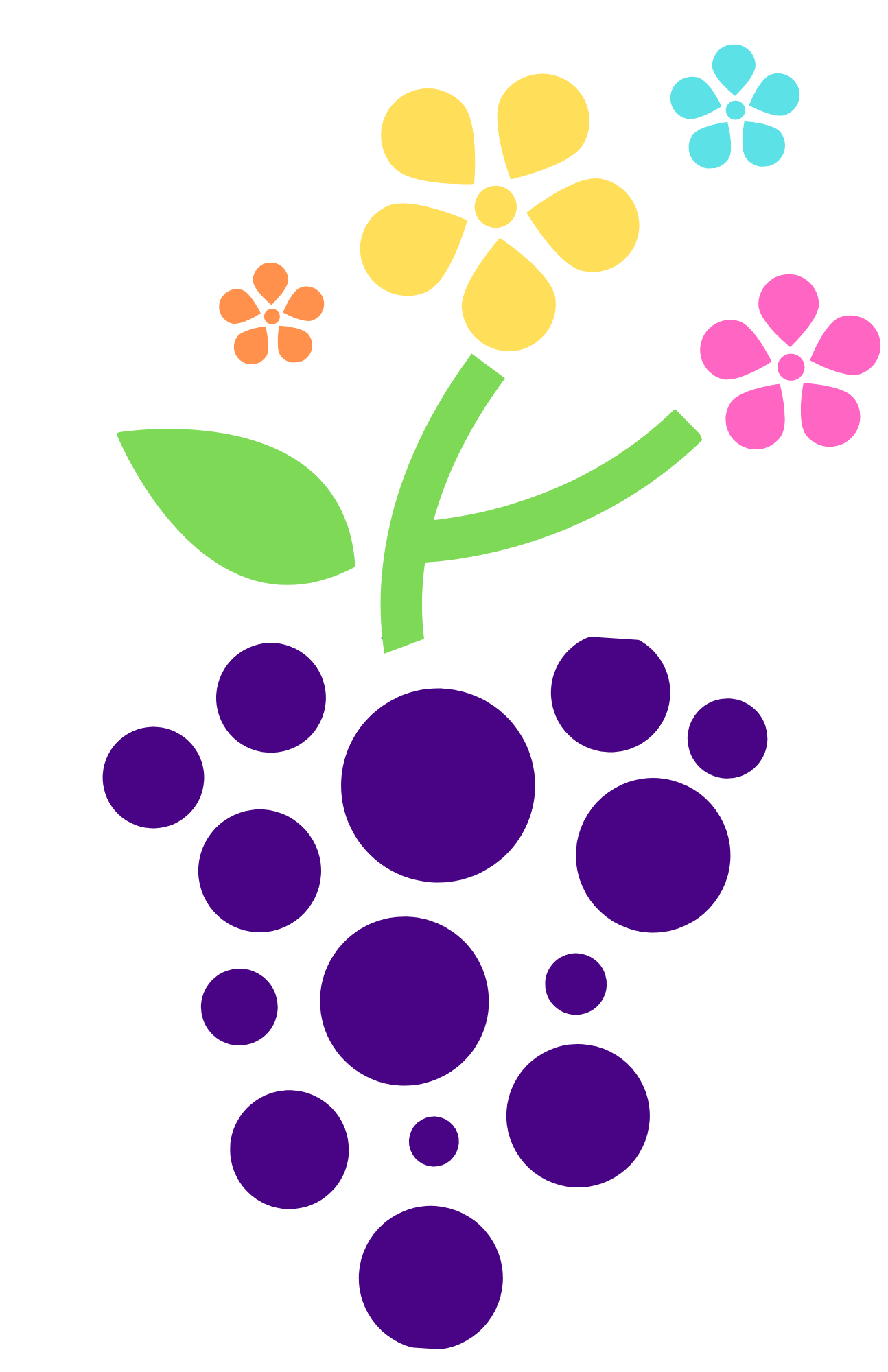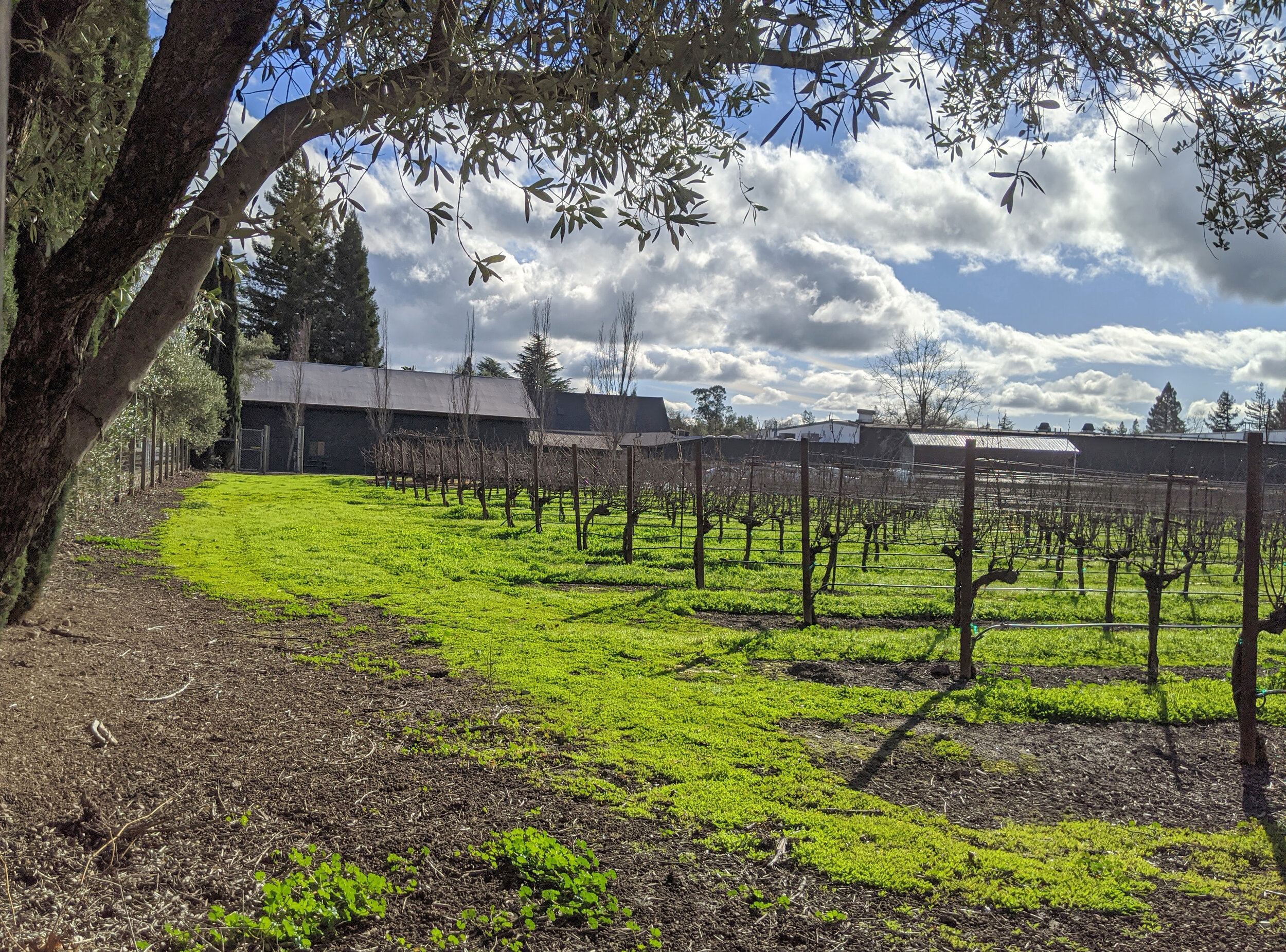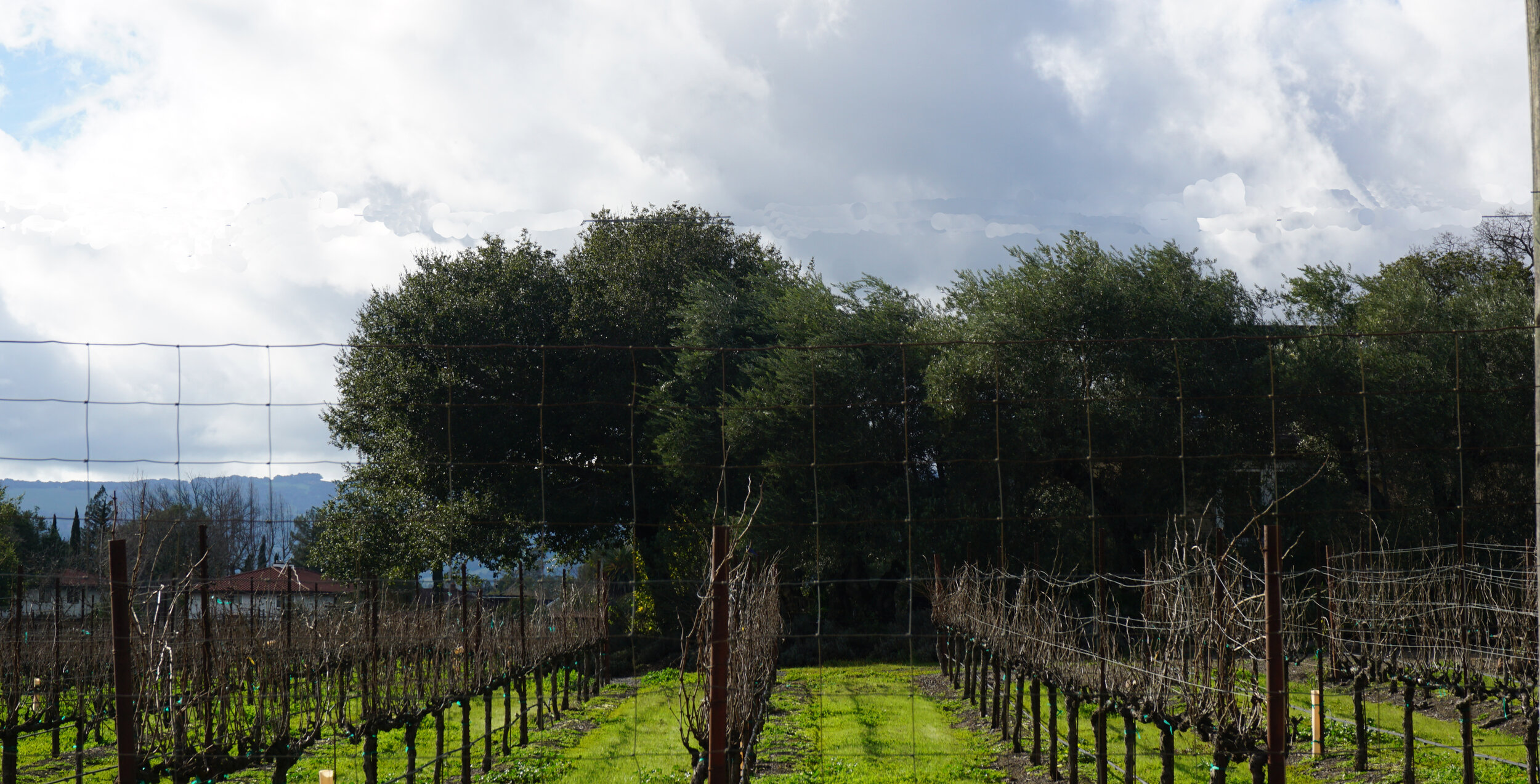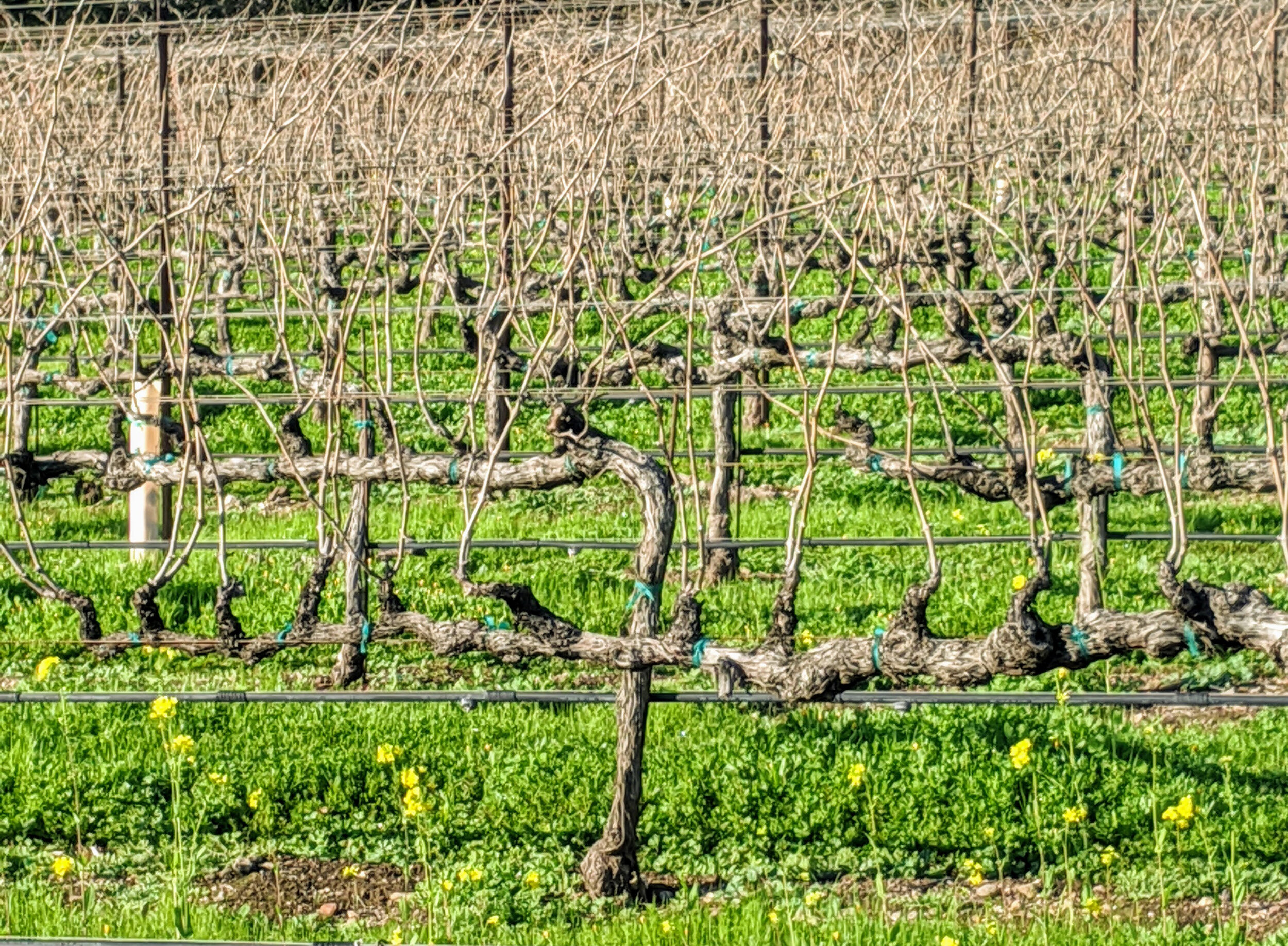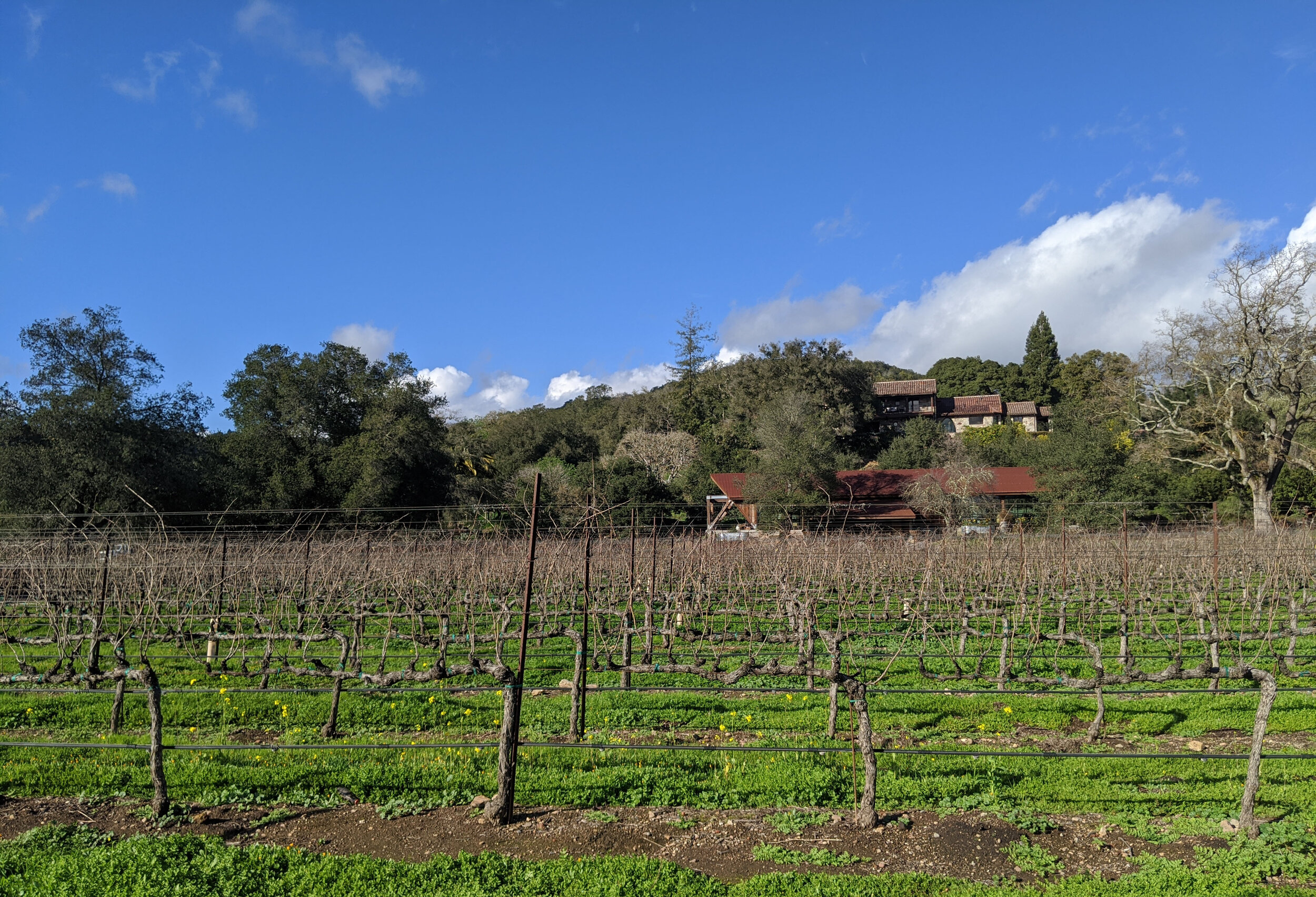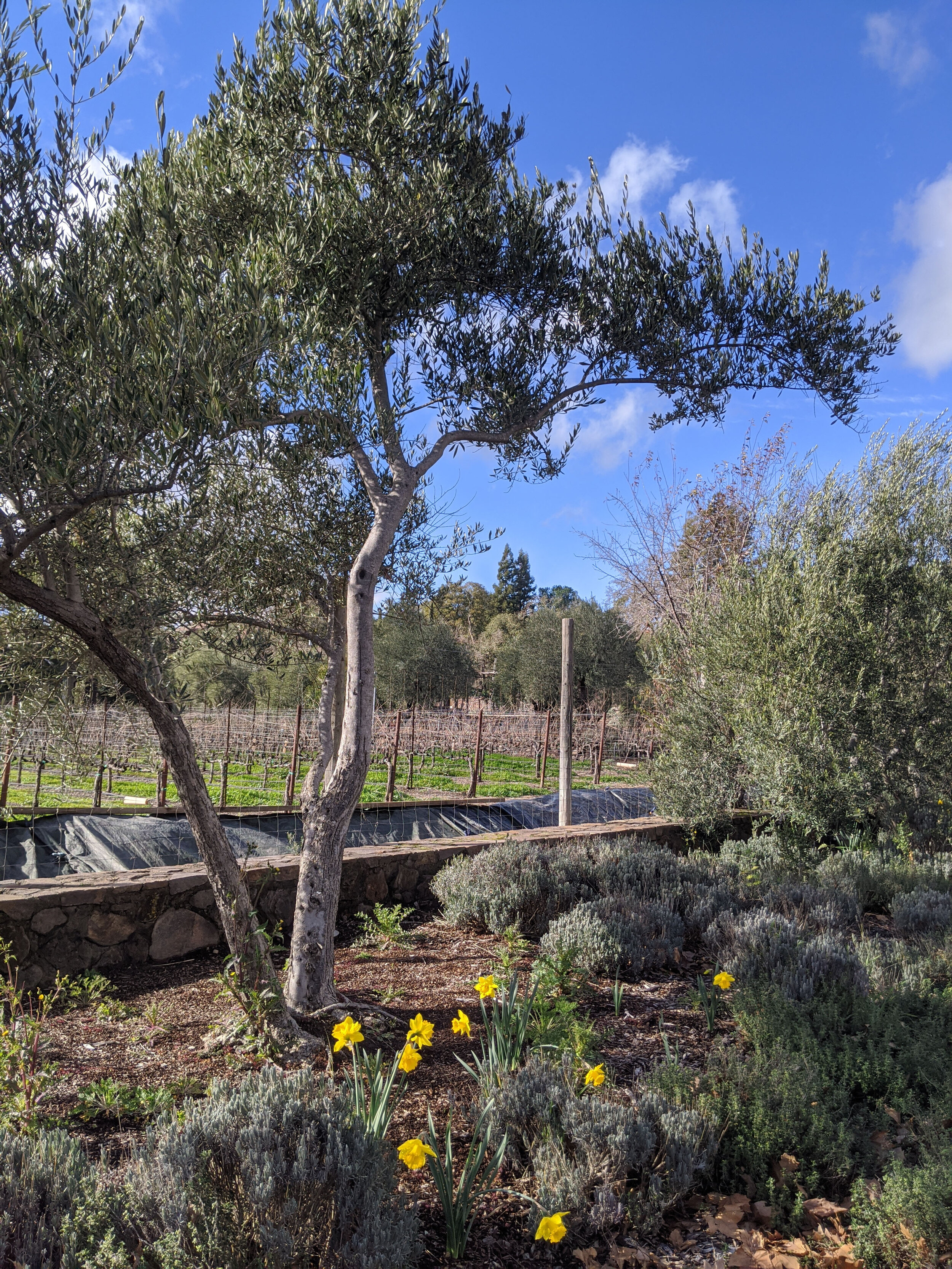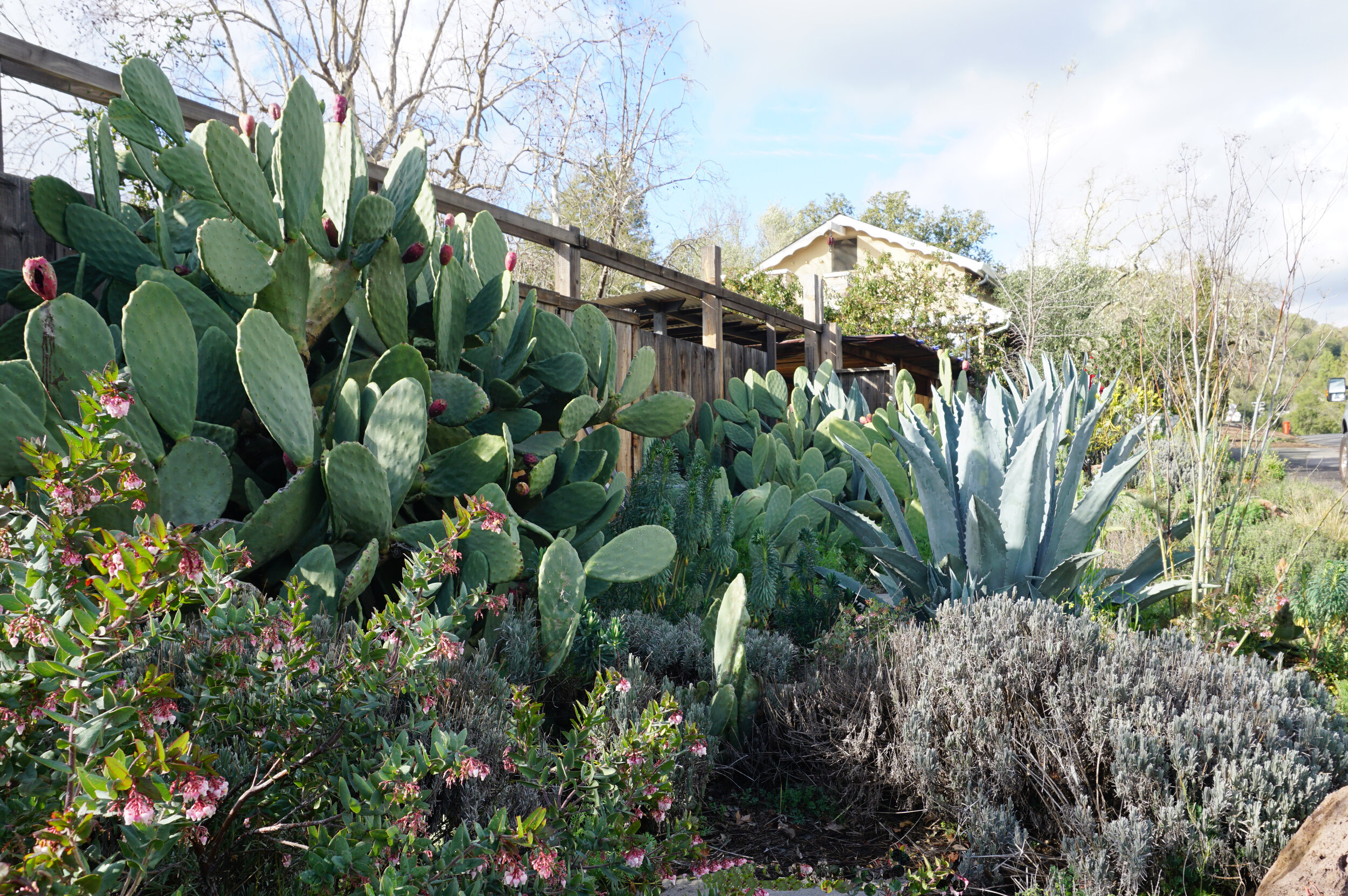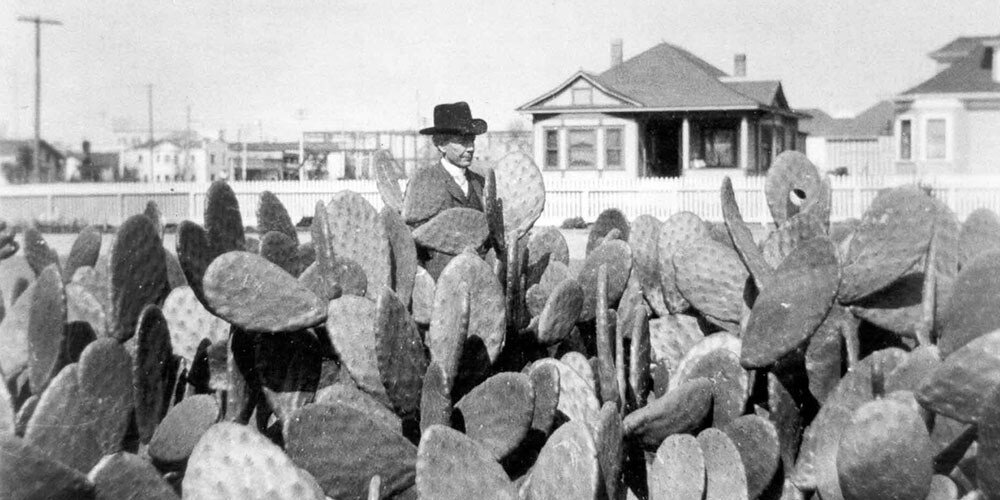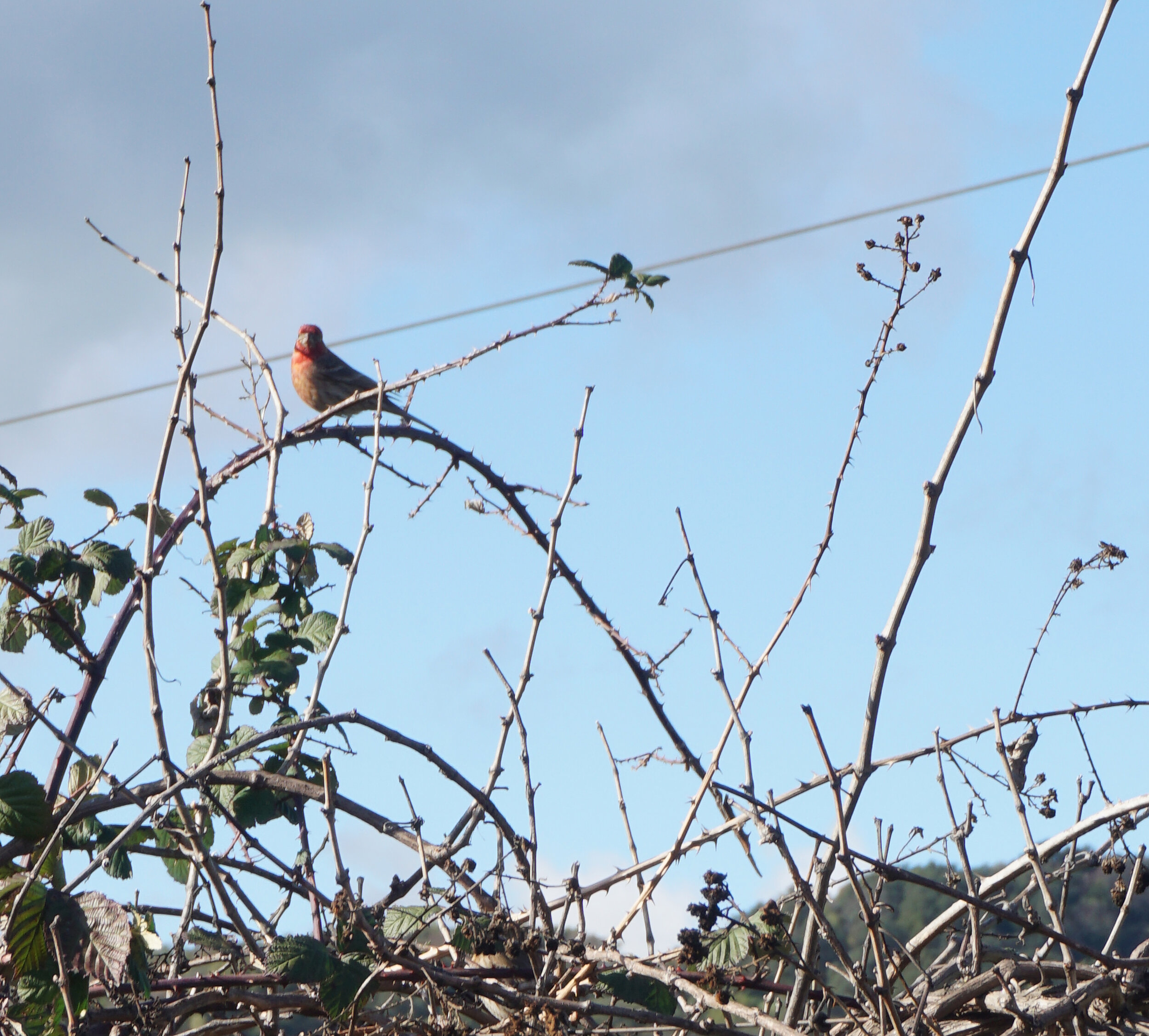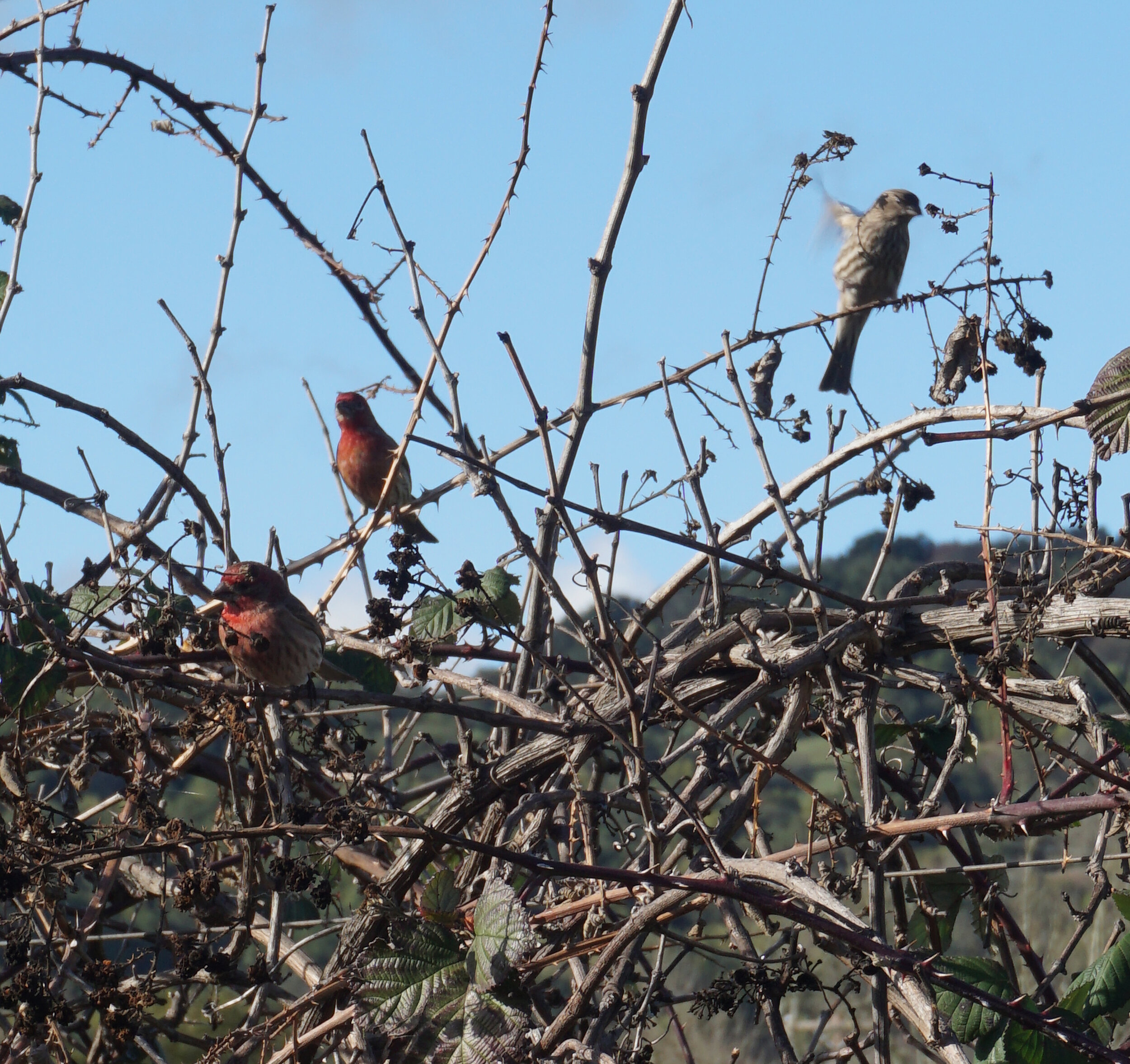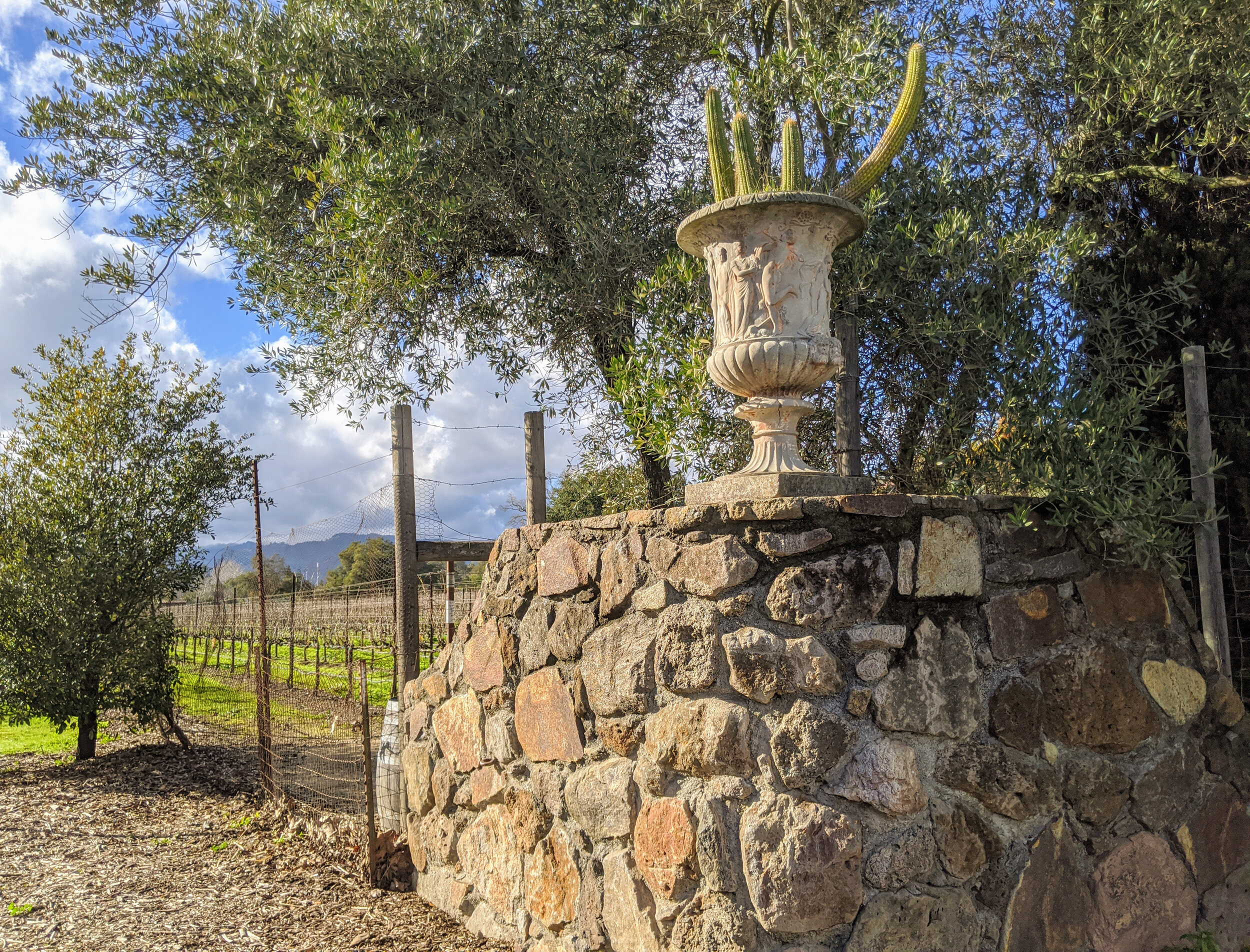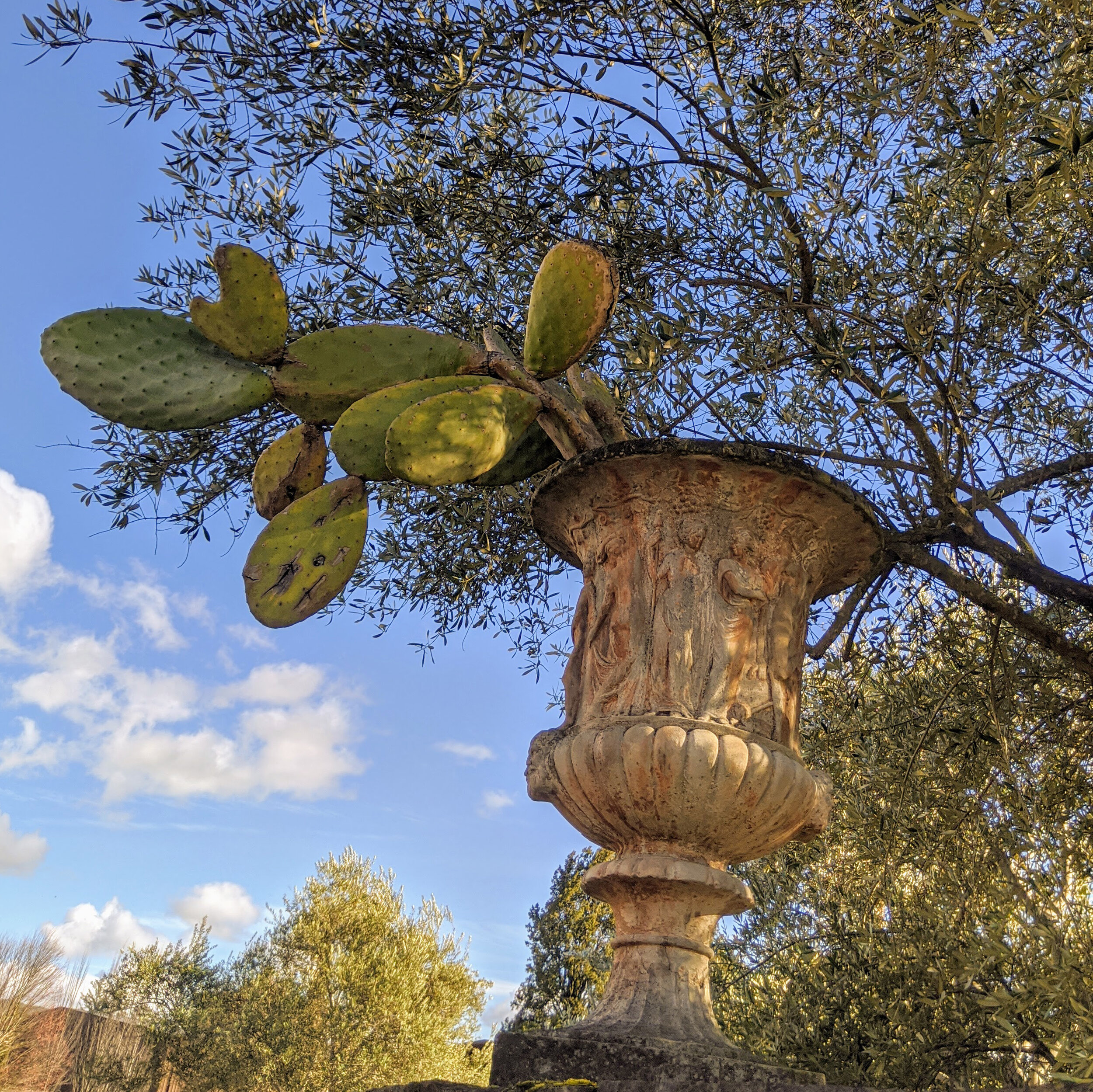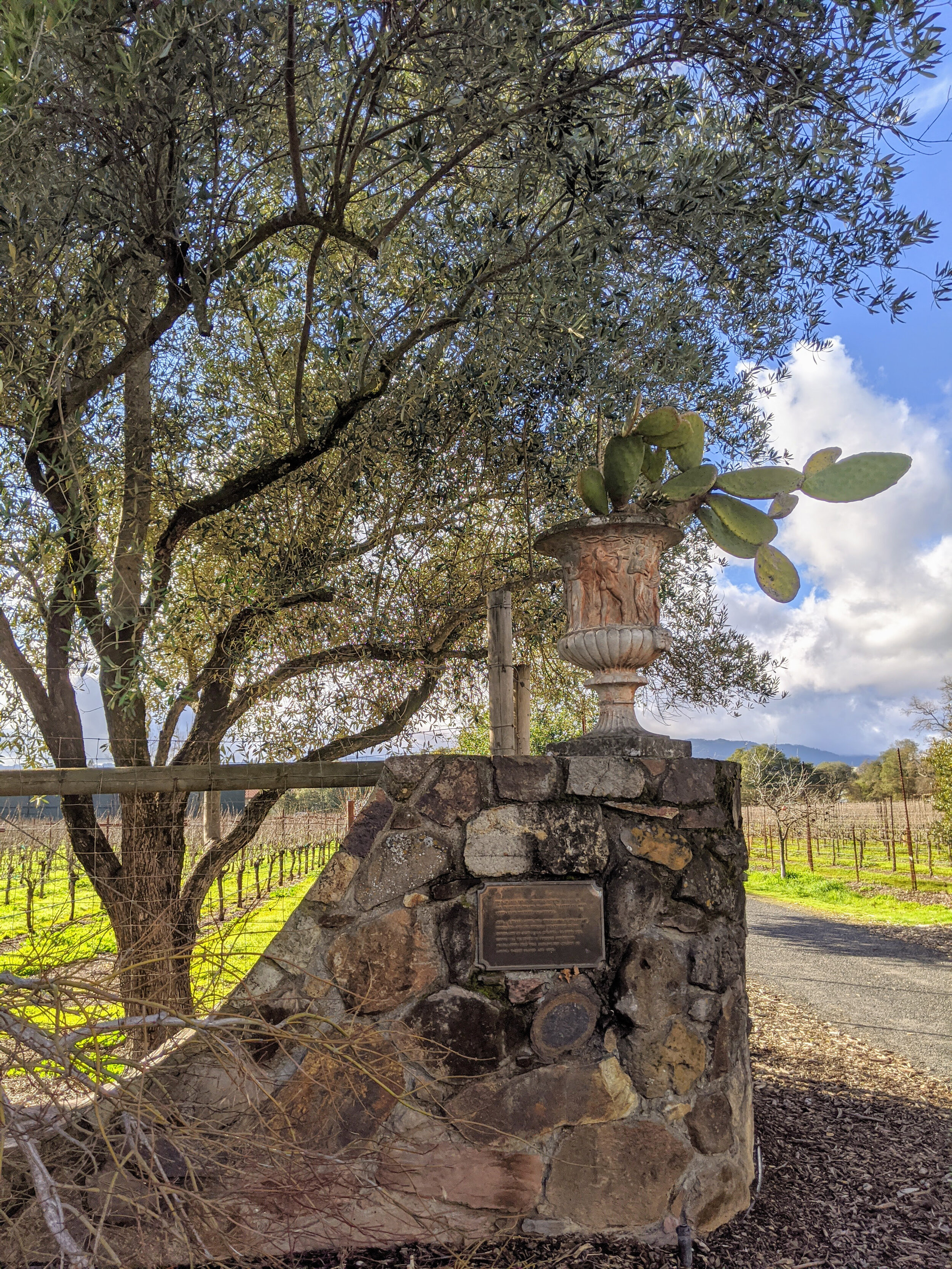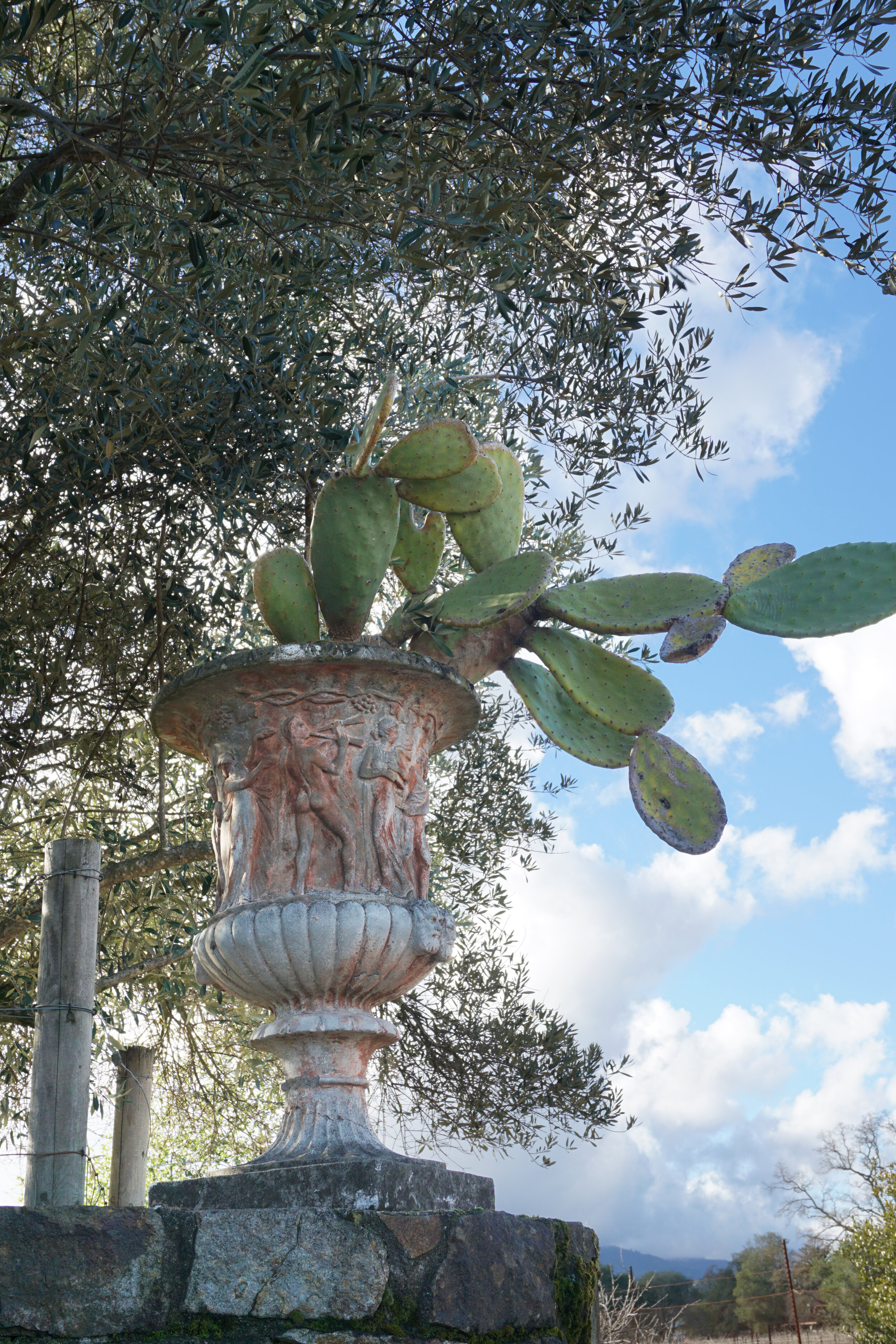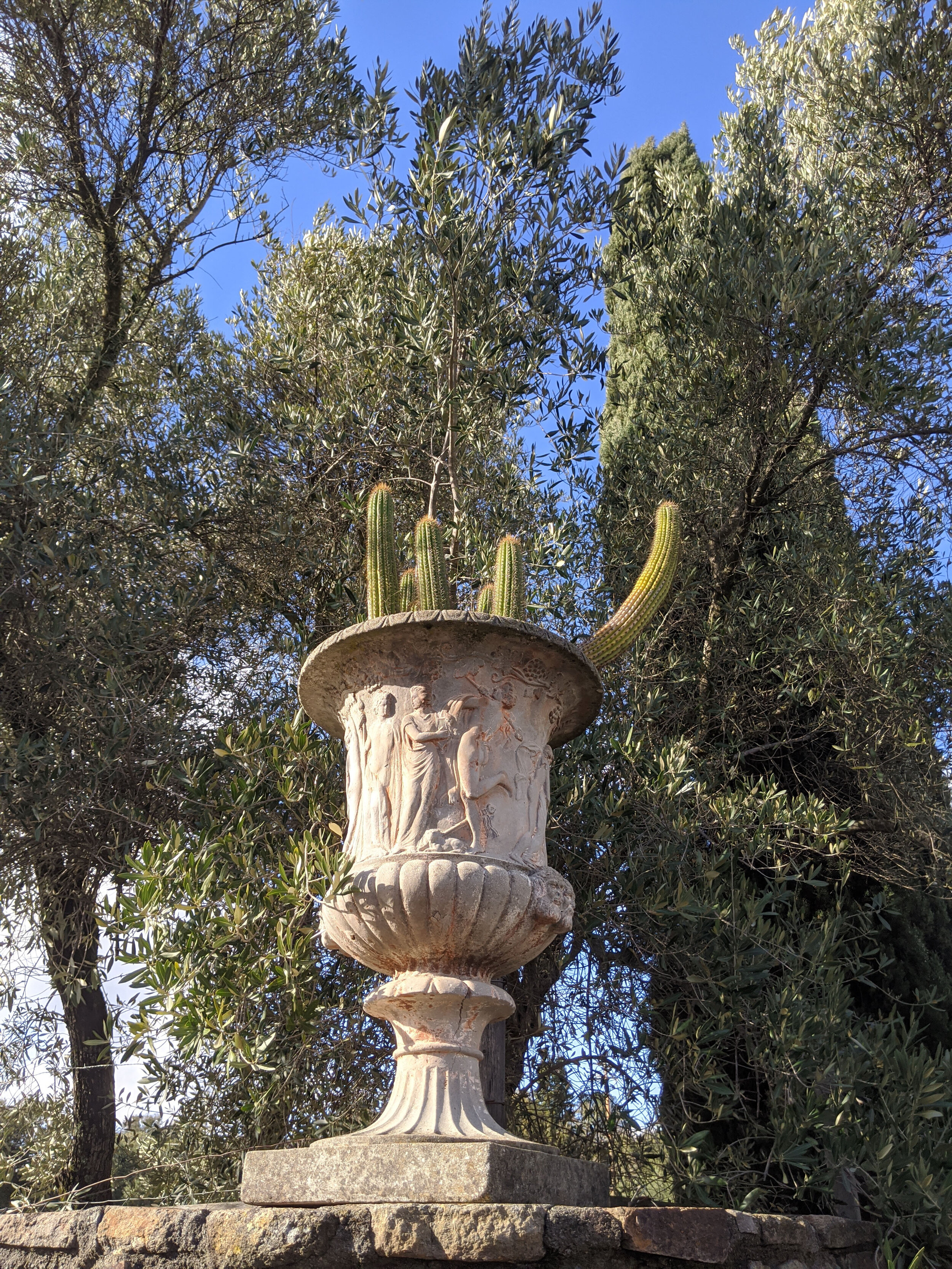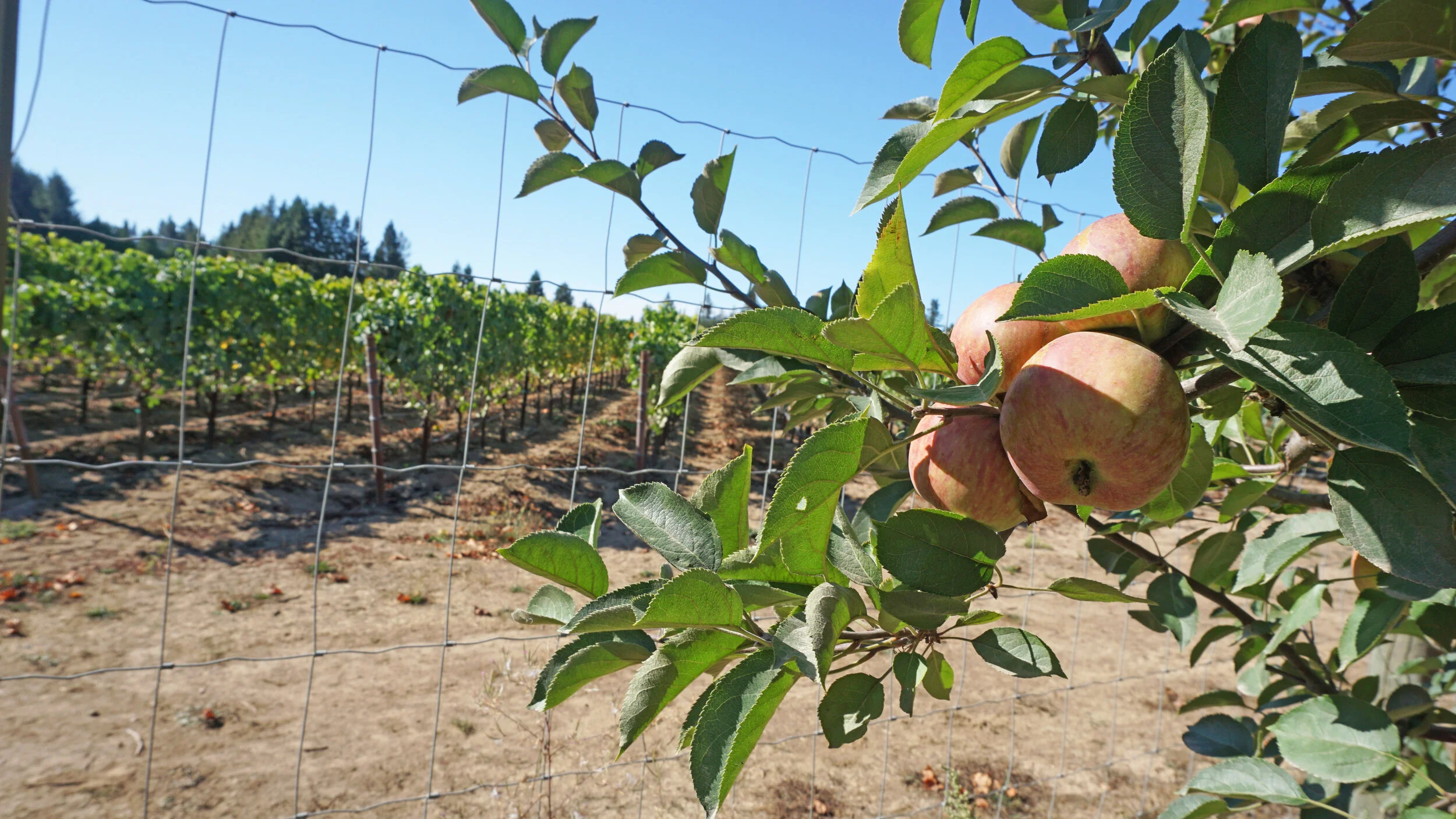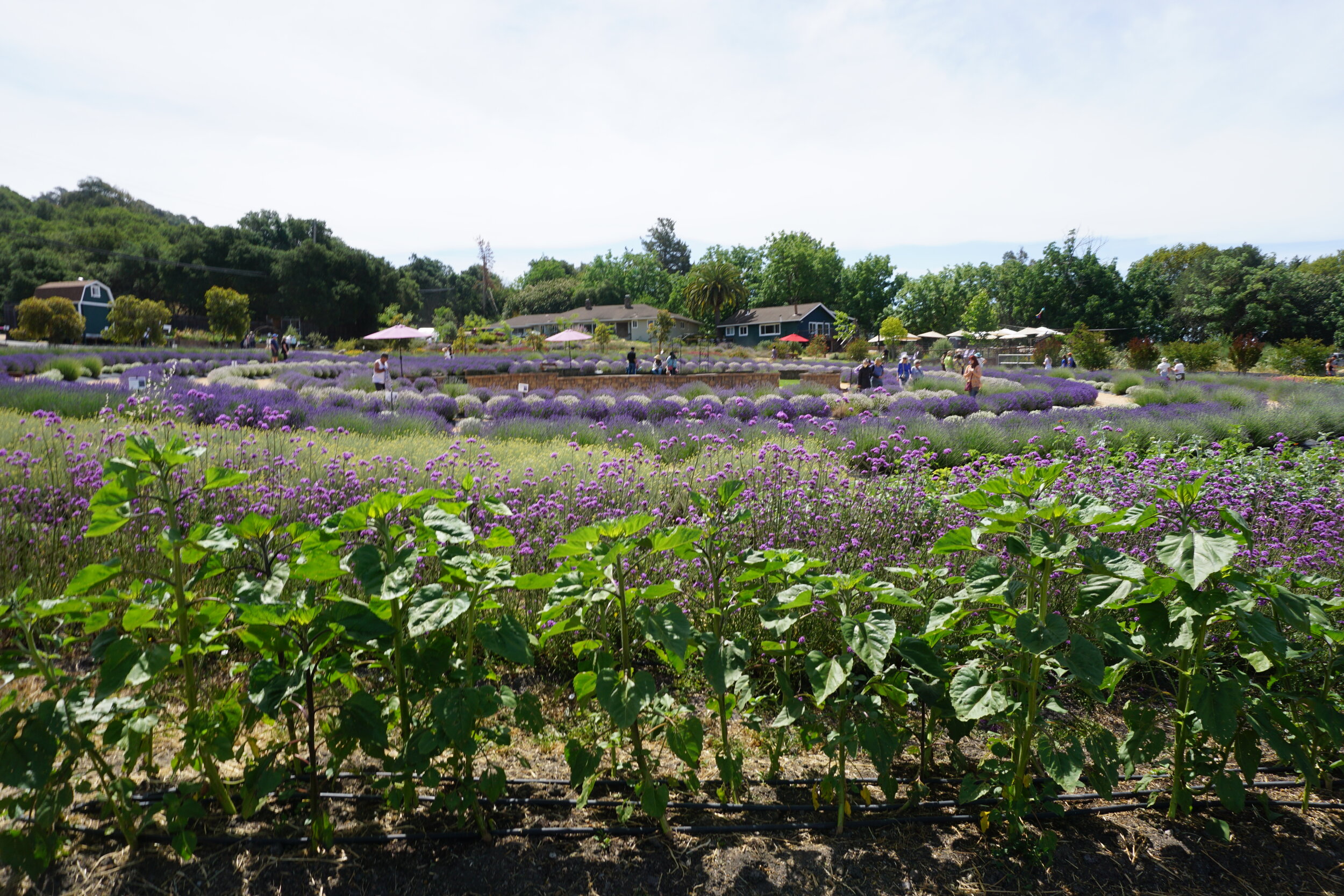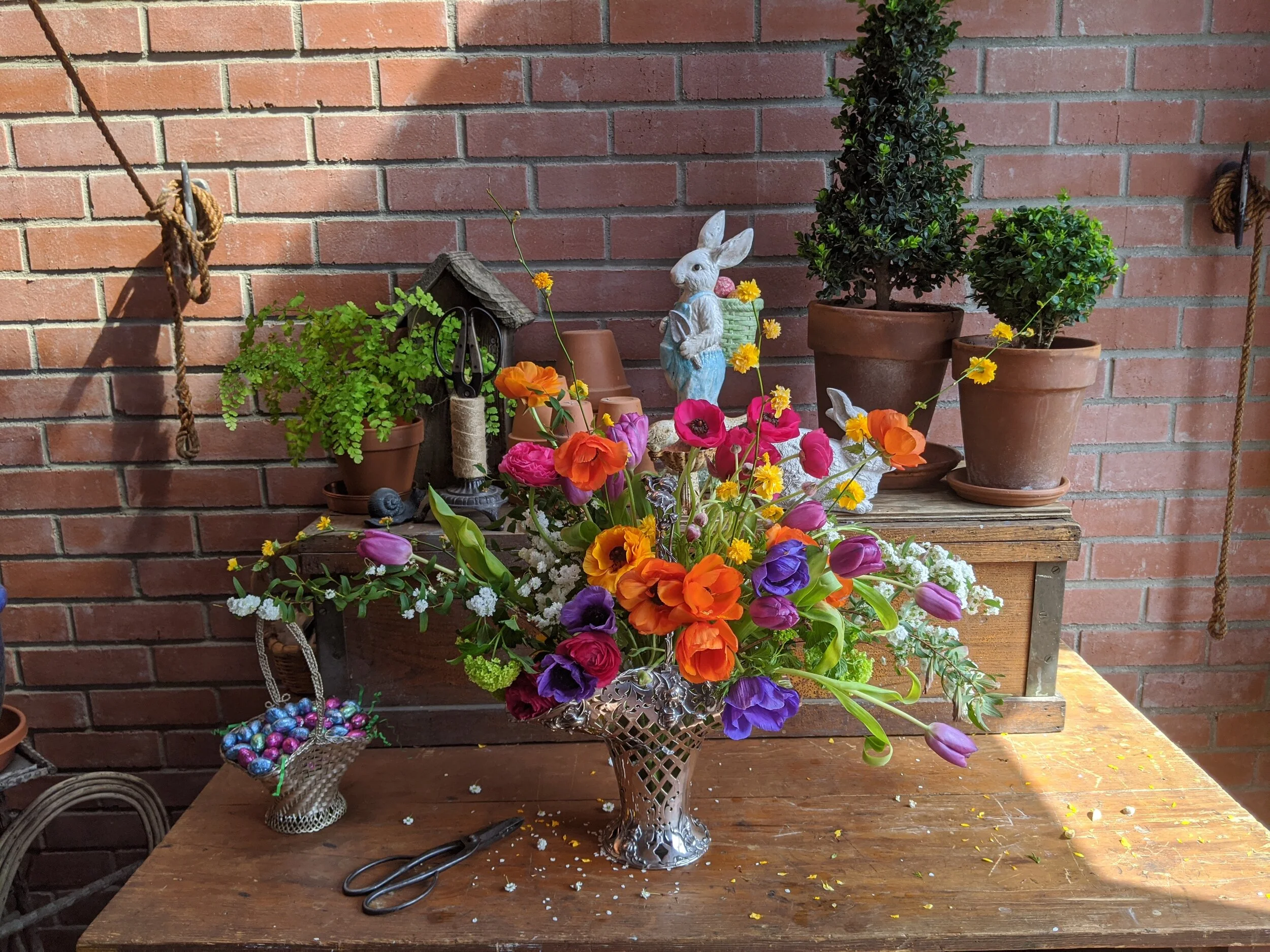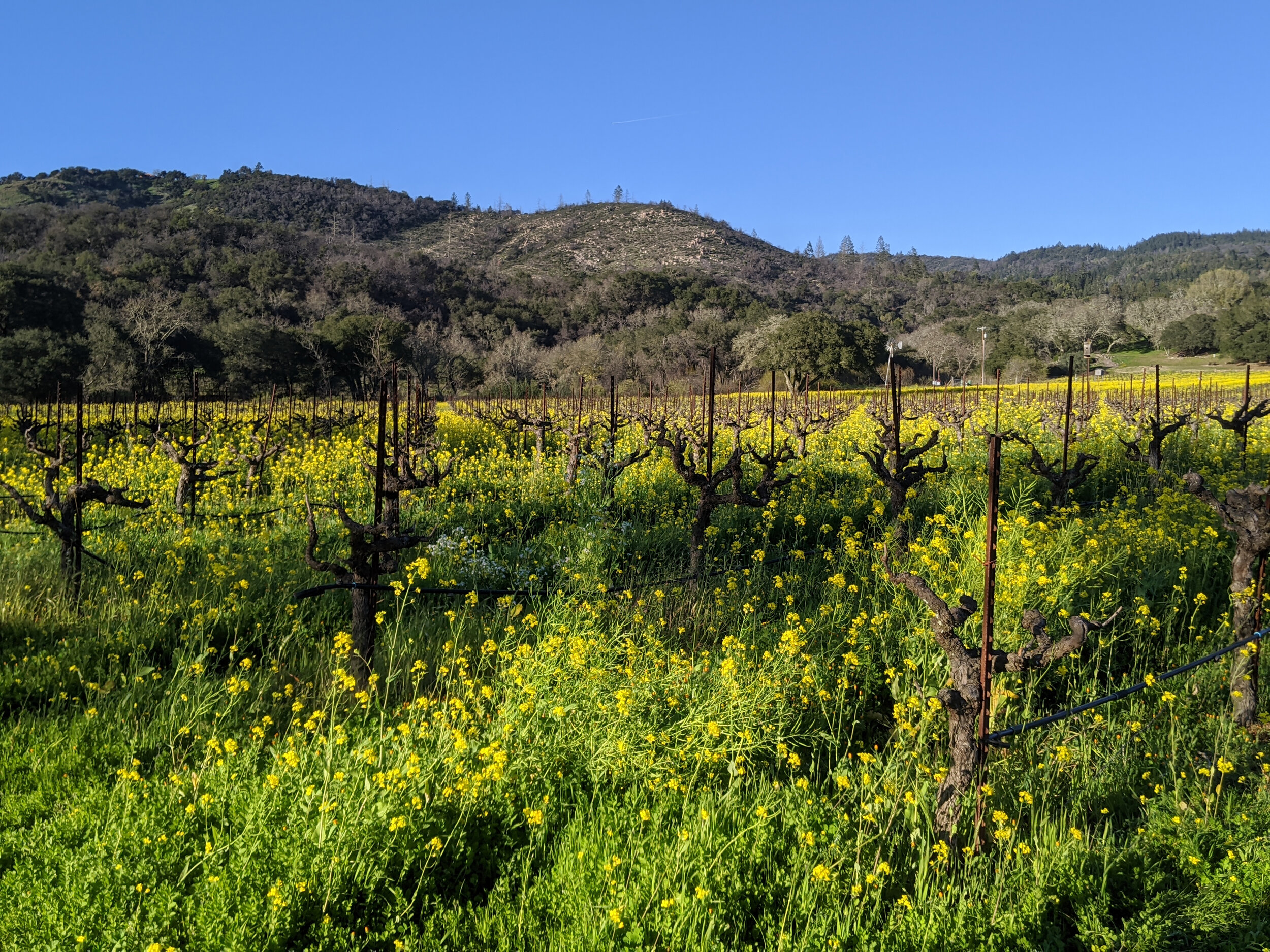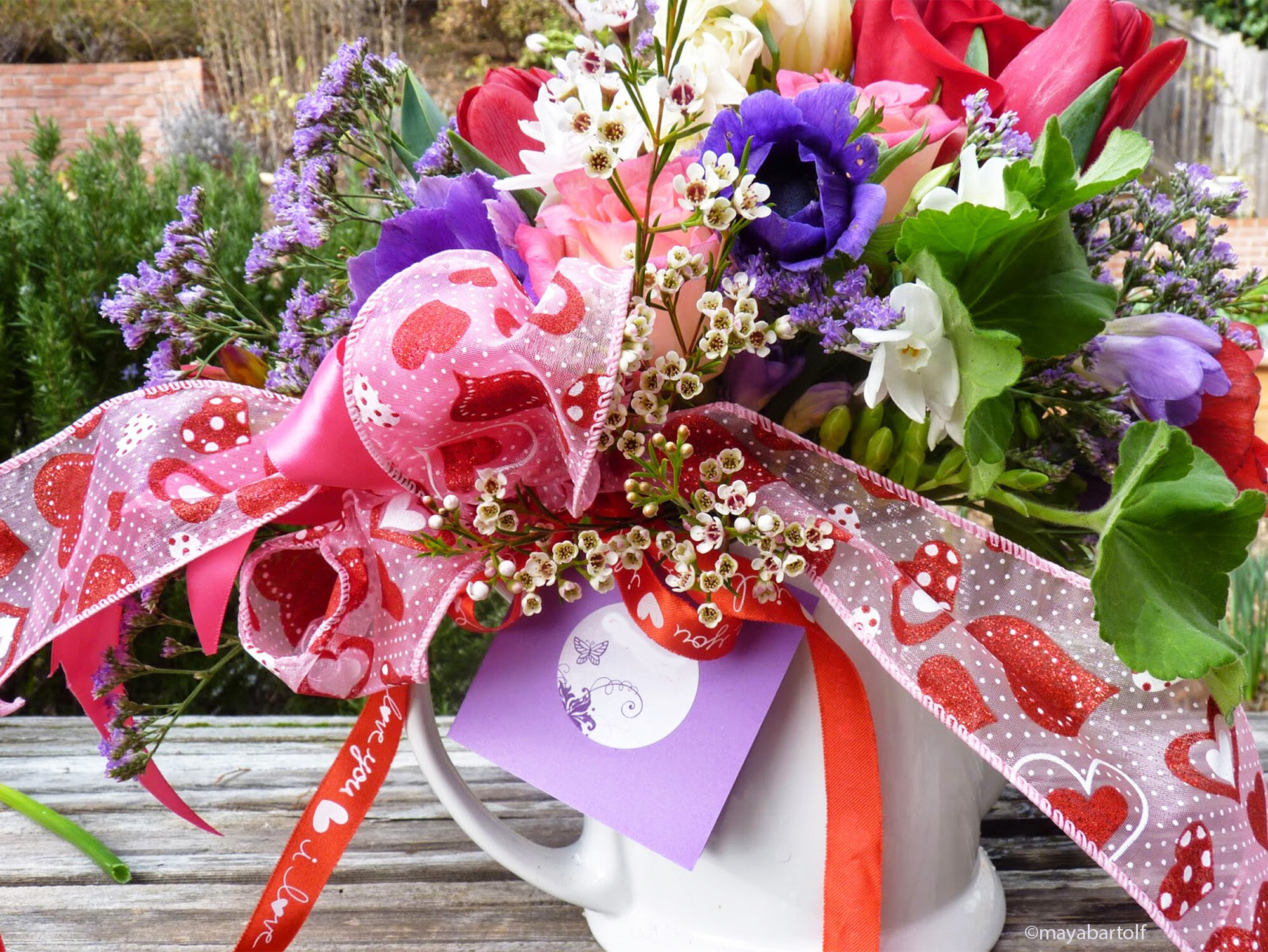Cacti and Classicism an Unlikely Pairing
The Sonoma Mission Vineyard 1825
The coming of spring in the wine country of Northern California is marked by the festive blooming of bright yellow mustard flowers in the vineyards throughout the region. Soon, carpets of mustard will cover the ground beneath the leafless vines drawing spectators to see this spectacular show of seasonal color. While mid-February is just a bit early to capture this glorious seasonal display, I did see a few eager mustard sprouts ready to announce the coming of spring on my recent visit to the historic Sonoma Mission Vineyard in located Sonoma, California. What I didn’t expect on this visit was to have my focus shift from the sleepy dormant grapevines of winter to the vibrant surrounding native and drought-tolerant plants growing in this charming historic vineyard.
The Franciscan Fathers of San Francisco Solano de Sonoma Mission planted the first vineyard in Northern California in 1825 to produce sacramental wine. After the secularization of the mission ten years later, General Mariano G. Vallejo, Commandant of Alta California's northern frontier, produced prize-winning wines from these grapes. In the early 1900s, a young immigrant from Italy, Samuel Sebastiani, with his wife Elvira, purchased this property and began producing fine wines of distinction. In 1975, the winemakers of Sebastiani and the University of California Davis selected this historic vineyard to develop innovative research programs that continue to improve the grapes and winemaking in the region.
While small and very rustic, this winery is a gem for its historic importance and proximity to the adjacent Sebastiani Winery. Unfortunately, at the current time (February 2021) the vineyard is not open to the public due to the pandemic. However, you can still easily view the grapevines through a wire perimeter fence until the surrounding brambles return from dormancy.
A large modern foliate rusted iron gate marks its entrance. A bountiful and lush display of succulents and drought-tolerant plants create lovely borders that lead to the entrance. Olive trees, prickly pear cactus, Agave americana, Arctostaphylos pajaroensis, intermingled with mounds of native grasses, rosemary, and yarrow creating a lush show of water-wise plant combinations. Clusters of bright yellow daffodils punctuate this contemporary and naturalistic drought-tolerant border stealing the spotlight by announcing the coming of spring before the height of the mustard bloom seasonal show.
The banks of prickly pear cactus lining the entry fence borders harken back to the cactus variety found growing for over a century in the courtyard of the nearby Hostoric Sonoma Mission Park. Unlike the prickly pear cactus found in the Mission courtyard, this spinless cacti variety was likely cultivated by Luther Burbank between 1907 and 1925 at his gardens in nearby Santa Rosa. The celebrated botanist, horticulturist, and pioneer in agricultural science introduced more than 60 varieties of spineless cacti developed from hybrids varieties of the Indian fig (Opuntia ficus-indica) and the Mexican prickly pear (Opuntia tuna).
Two distinctive stone fence posts topped with antique classical urns filled with sculptural cacti mark an earlier entrance to this historic site. They now flank a walkable bike path that bisects the vineyard. Cacti and Classicism, an unlikely pairing, fuse the site’s unique history and native landscape to create a quirky unexpected regional rustic charm. The cacti in the urns brought home the reality that our region is really a summer-dry climate as defined in the new book, Gardening in Summer Dry Climates by Nora Harlow and Saxon Holt. Only a drought-tolerant plant like a cactus will survive in a climate where rain falls mostly in winter, and summer temperatures can reach over 100 degrees.
The winter dormancy of the grapevines brought into focus the vibrant verdant plantings and native landscape surrounding the vineyard. It also helped me appreciate the beauty of plants that are more suitable for our regional climate. I found many beautiful examples of native plants that I can integrate into my front garden redesign to be more water-wise and ecologically connected to my surrounding environment. Look for more in my future blog posts about my changing perspective on adapting my front garden to a summer-dry climate and native environment.
The Sonoma Mission Vineyard is a small, charming vineyard that marks the beginning of the grape-growing industry in the Sonoma Valley and is a wonderful historic stop for any visitor’s wine country itinerary. Even while closed because of the pandemic, the vineyard can be viewed through the perimeter fence and the walkable bike path. The vineyard is nestled between the Sebastiani Winery and the historic Casa Sebastiani on 4th Street East. In just a week or two, you’ll be able to see the glorious full display of yellow mustard blossoming in the vineyard. Don’t forget to schedule ahead of a wine tasting at the adjacent Sebastiani Winery. Since 1904, Sebastiani Winery offers fine wines, a historic tasting room, a barrel room with redwood tanks in a beautiful setting of Tuscan architecture with outdoor grounds.
Here’s to exploring new native planting ideas for your garden and to finding new adventures in the wine country with flowers and grapes!

